Want to know the secrets of How to Keep Hibiscus Blooming? Here are the top tips that will help you to keep it flowering all the time!
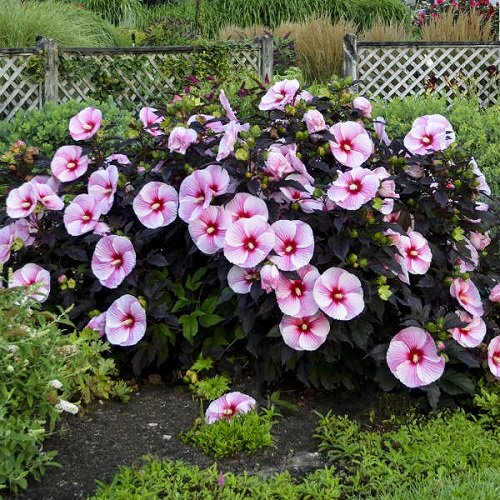
Hibiscus is a beautiful, showy plant that can brighten up any garden or indoor space–if you have a sunny windowsill available. Keeping it blooming requires some care and attention, but the stunning flowers and lush foliage make it all worth it.
Hibiscus Flower
There are over 200 types of hibiscus, which can be roughly classified into three categories: tropical (Hibiscus rosa-sinensis), commonly known as Chinese hibiscus, hardy perennial (Hibiscus m), and shrub (Hibiscus syriacus), also referred to as Rose of Sharon or Althea.
The tropical variety of hibiscus features smooth, glossy leaves. It is most popular in tropical and subtropical regions, although with proper care, it can also be grown in more temperate areas by overwintering indoors.
How to Keep Hibiscus Blooming?
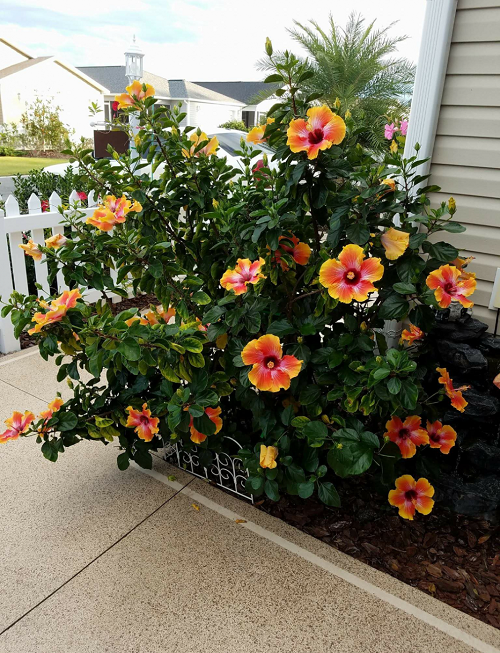
1. It is Important to Deadhead the Flowers
Regular deadheading encourages the plant to focus its energy on continuous blooming. By snapping or cutting off spent hibiscus flowers, the plant is able to redirect its energy resources toward producing new blooms, resulting in improved flowering performance.
While deadheading is not mandatory for growing hibiscus, it can help prevent the plant from reseeding and encourage it to produce more flowers.
2. Use a Fertlizer Meant for Roses and Tomatoes
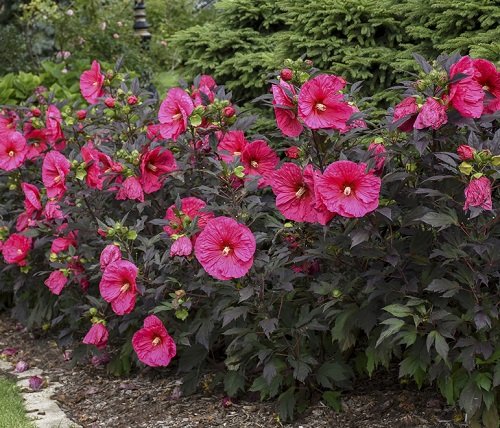
If you want the best flowers, then don’t shy away from using fertilizers meant for roses and tomatoes for hibiscus.
Go for a 4-3-2, 4-6-2, or 6-8-6 liquid rose blends available in the market. Dilute them to 1/4 of their strength and use it once in 2-3 weeks.
Alternatively, you can also go for a 3-4-6 or 4-7-10 blend, made specifically for tomato plants, and use it for hibiscus after diluting them to 1/2 of their recommended strength. Use it once in 3-5 weeks.
3. Watering Plays a Vital Role in Flowering
Since hibiscus plants are tropical in nature, their soil should be kept mildly moist but not overly wet or dry.
If you’re unsure when to water, insert your finger 1-2 inches into the soil. If the soil feels dry or barely moist, it’s time to water. If the soil feels evenly moist or wet, check back the following day before watering again.
4. Where There’s Sun, There are Flowers!
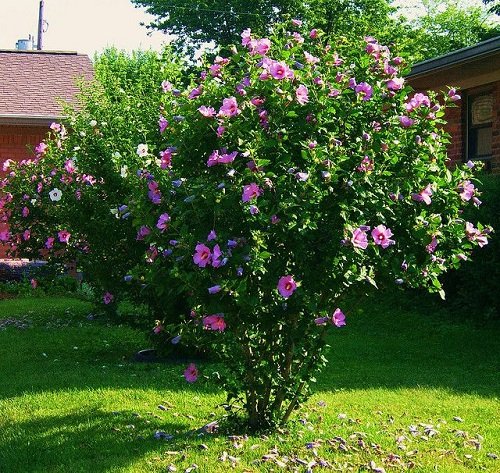
Sunlight is extremely important for hibiscus plants to help them flower well. These plants need at least 6-8 hours of direct sunlight each day.
The ideal location for hibiscus is a spot that receives full sun all day long. However, if you live in a hot climate i.e., USDA Zones 10 and 11, a location that provides partial shade in the afternoon in summer would be best. Additionally, hibiscus should also be protected from strong winds.
5. Try Epsom Salt
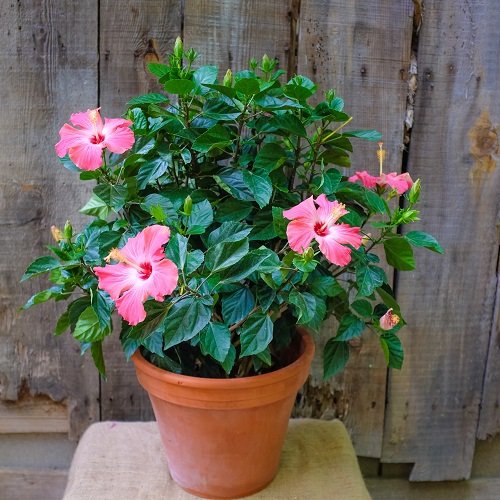
Epsom salt can work wonders for the growth and size of flowers on the plant. However, it is crucial that you use it the right way to ensure it works the BEST!
Prepare a foliar spray for your hibiscus plants by mixing 2 teaspoons of Epsom salt in a liter of water. Shake well to ensure it is completely dissolved around the base of the plant. You can even use it as a foliar spray!
Apply it on the flowers and leaves once a month.
Epsom salt provides the much-needed magnesium to the plant, which is crucial for chlorophyll that helps in improving the photosynthesis process. All this will help the plant to grow bigger and better flowers.
6. Keep those Pesky Pests Away
Examine your hibiscus plant regularly and look for any signs of pests, such as whiteflies, mealybugs, aphids, or scales.
Use Insecticidal Soap: If you do find pests, you can use insecticidal soap to help eliminate them.
Remove Affected Leaves: If your hibiscus plant has been severely affected by pests, you may need to remove some of the affected leaves.
Prune Leggy Branches: Pruning branches can help to reduce the spread of pests and also help to promote healthy flowering.
Try Natural Repellents: To help keep away pests, try using natural repellents like garlic spray or neem oil.
Introduce Beneficial Insects: Introducing beneficial insects, such as ladybugs and lacewings, can help to control pests.
7. Re-pot on a Timely Basis
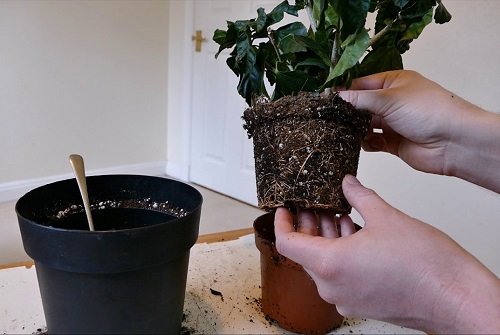
To prevent unnecessary stress on foliage and bud development, hibiscus plants should not be re-potted when you spot the roots getting out from the topsoil or from the bottom hole of the container.
Sudden leaf loss and faster-than-usual drying out of the soil are also signs that indicate the plants need re-potting.
Choose a pot that is larger than the current pot, ideally one that is 2 inches in diameter wider than the current pot.
Place a layer of gravel or stones at the bottom for drainage, and then fill the pot with a potting mix specifically designed for tropical plants, such as hibiscus.
Carefully remove the hibiscus from the old pot. Loosen the soil around the roots and shake off the excess soil.
Place the hibiscus in the new pot. Make sure the roots are evenly spread, and fill the pot with more potting mix.
8. Snip Away the Dead and Leggy Growth
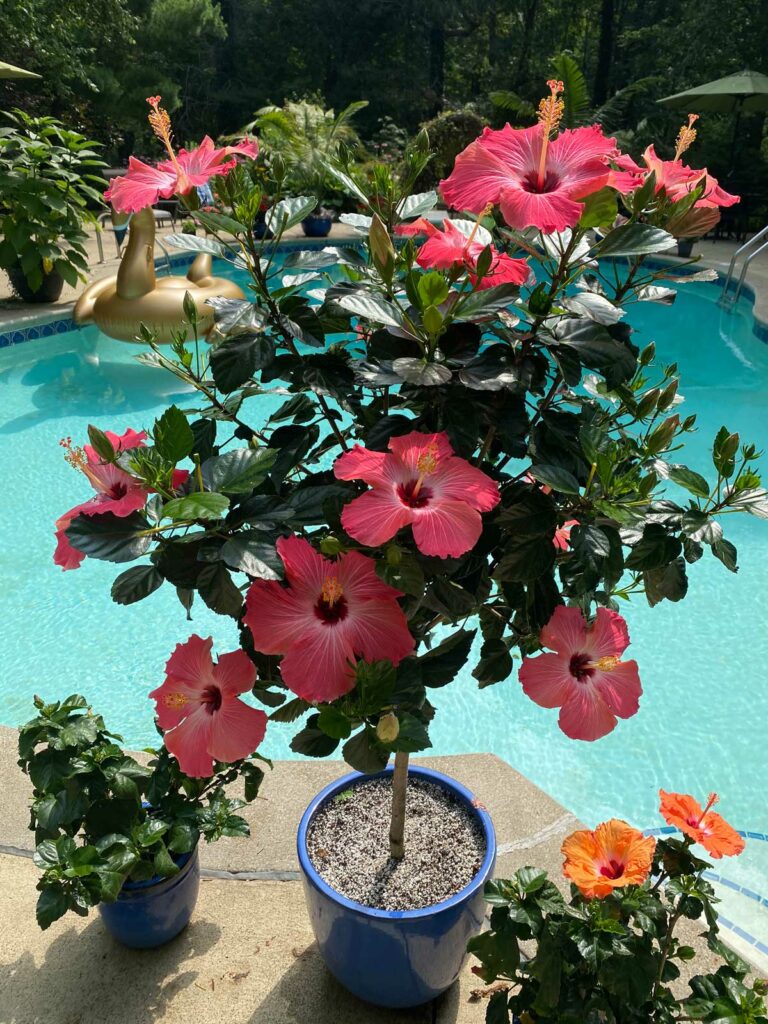
ohiotropics
Pruning your hibiscus can promote healthy growth and additional blooms, similar to how trimming hair can make way for healthier strands.
Prune the plant to maintain its shape and size. Remove any dead, diseased, or damaged branches.
Cut back branches that are too long or that rub against each other.
Snip away the branches growing in a way that will block light from reaching the center of the plant.
Remove any faded or wilted flowers or flower buds.
Cut back any branches that appear to be overproducing foliage and not producing flowers.
Trim back any long, weak stems that are growing downward.
Prune the plant in late winter or early spring to promote new growth
Remember, hibiscus generally blooms on new growth, and trimming it before the beginning of the flowering season helps it produce more blossoms. This is an important answer to the question–what to do if my hibiscus is not blooming!
9. Keep a Close Eye on the Soil pH
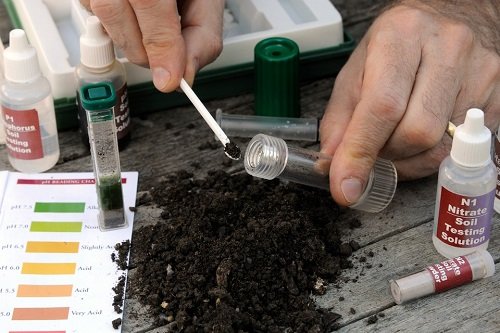
To ensure optimal growth and flowering, the pH of the growing medium should be slightly acidic, between 5.5 to 6.8. Use a pH meter to get the readings right.
If the pH of the soil is alkaline, you can bring it down by adding Alum in water and using it to moisten the growing medium every 2-3 weeks.
10. Use Bone Meal and Vermicompost
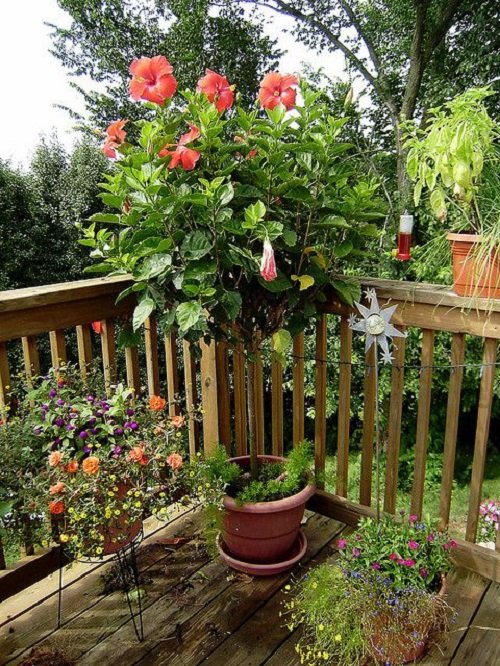
flicker
Apart from the fertilizers, it will be a good idea to go organic and use bone meal and vermicompost in the growing medium. It is a sure shot way to ensure the plant flowers are bigger and better.
Two tablespoons of bone or blood meal are all you need per container every 4-6 months. Make sure you mix them in the growing medium properly and water the plant till it seeps out from the drainage hole at the bottom.
Adding a handful of vermicompost or well-rotted chicken or cow manure to the container once every few days.
Doing one of the above two points will surely make your plant get covered with flowers!





